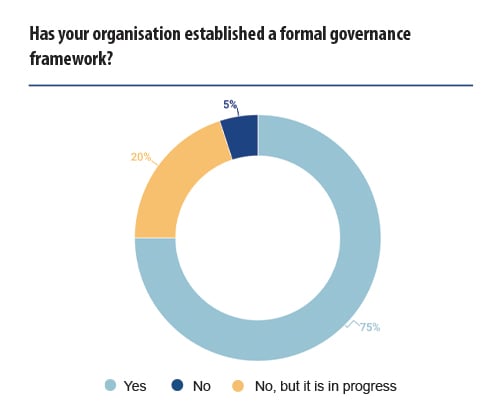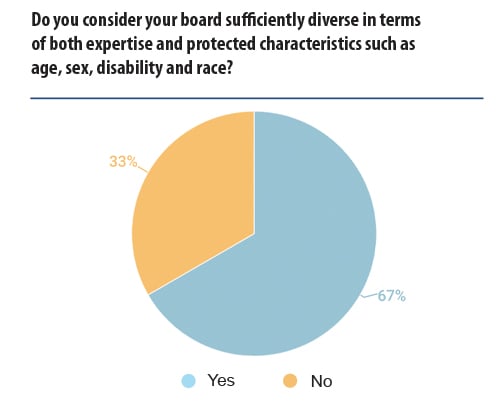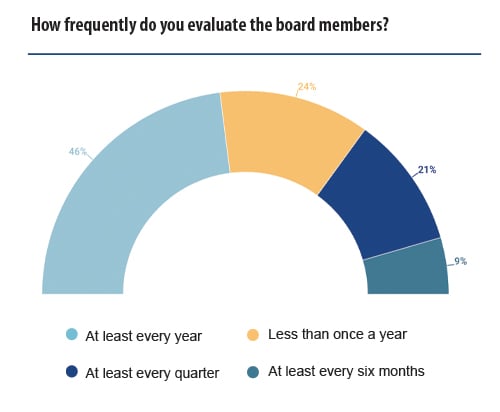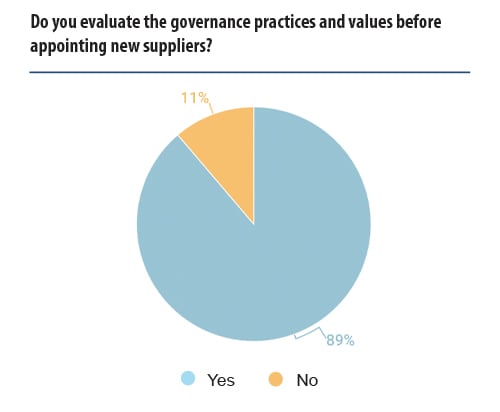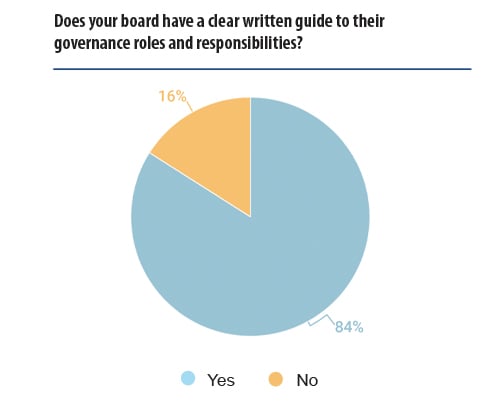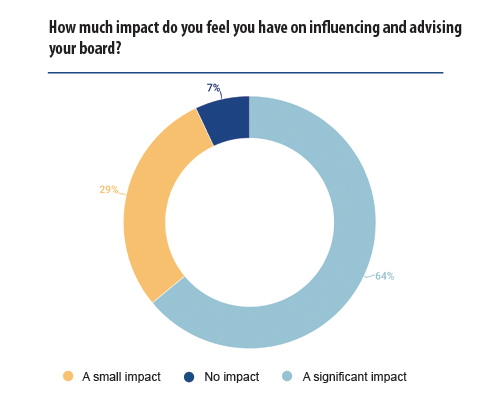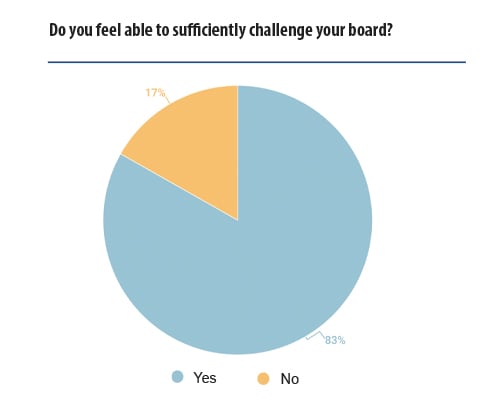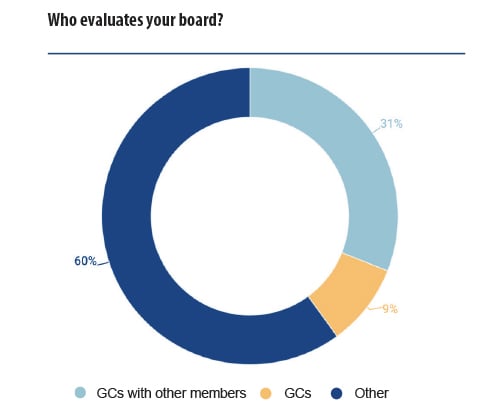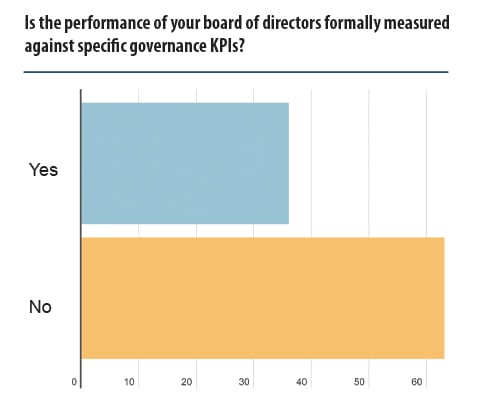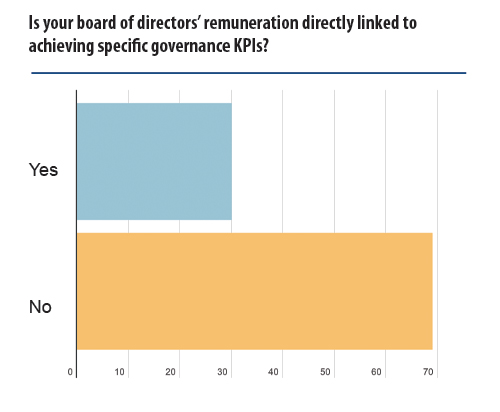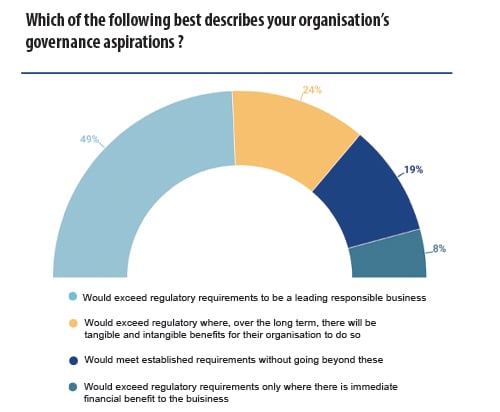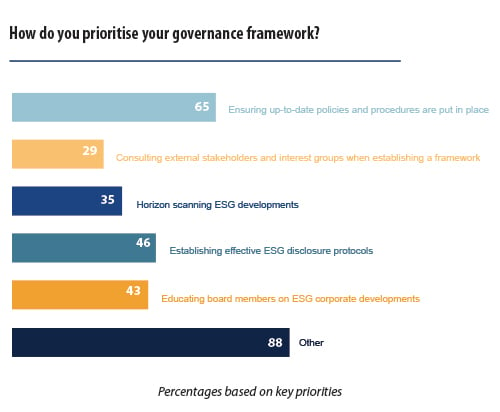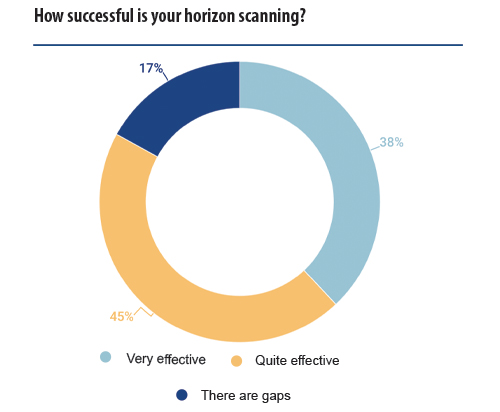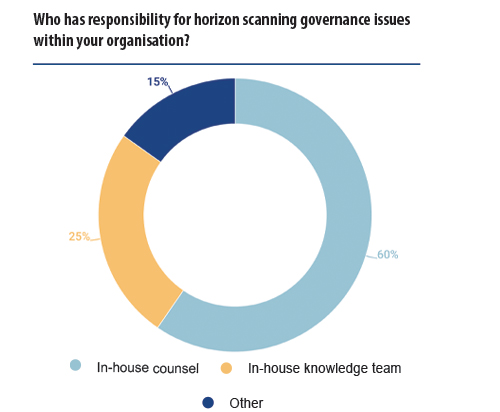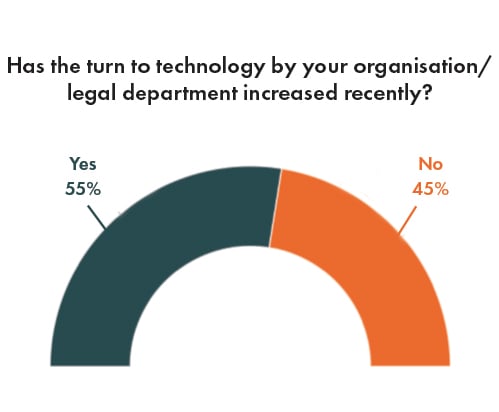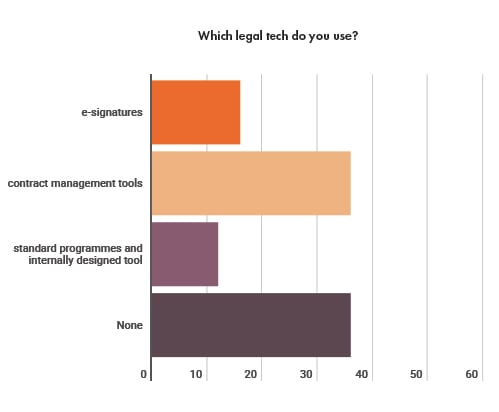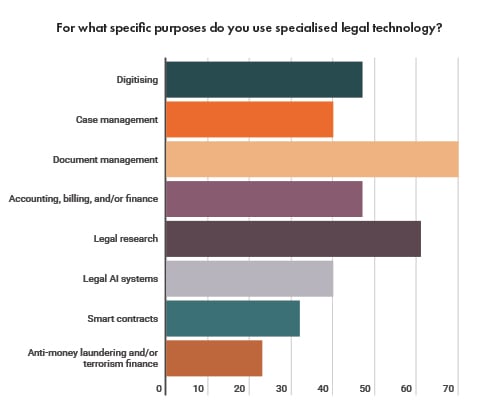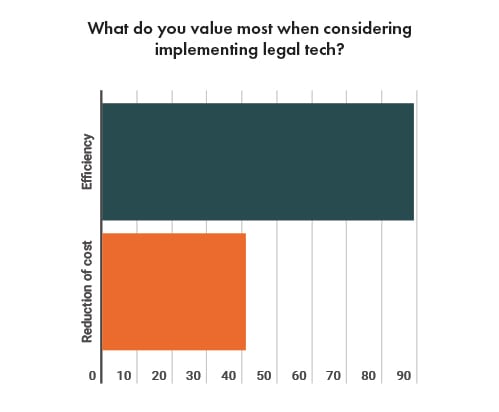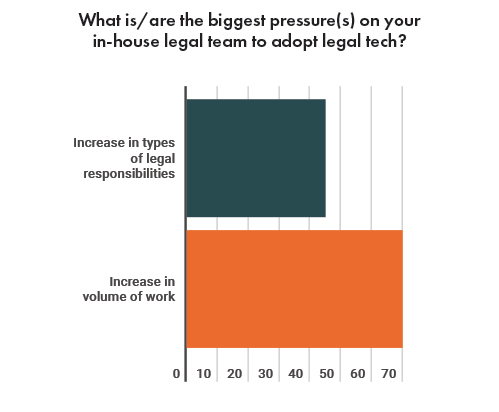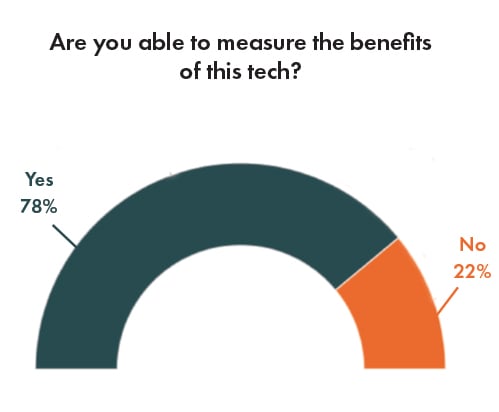In 2017, it started out as a challenge put forward by Ernest Tuckett, who [at the time was general counsel for the Americas region of a chemical company] is currently vice president and general counsel of Verisign, to his colleagues in the Black general counsel community. The goal was simple – increase the number of Black general counsel and chief legal officers in large corporations with the initial goal of increasing the number in Fortune 1000 companies from 38 to 50 by the year 2020, and from 50 to 100 by the year 2025. Aiming for an incremental increase to 5% and 10% Black representation in the most senior corporate legal roles in under ten years may sound like a modest target but, as Tuckett and his colleagues found out, in a profession like law even modest change can be hard to come by.
To gather momentum behind his initiative, in 2018 Tuckett teamed up with April Miller Boise, currently executive vice president and chief legal officer at Eaton Corp. Together they co-founded the Black General Counsel 2025 Initiative (BGC 2025), which has an advisory council of over 20 leading Black general counsel and corporate counsel leaders aiming to help high-quality Black in-house lawyers make the move into leadership positions.
In 2020, the murder of George Floyd – and the protests that followed – brought the lack of boardroom diversity into sharp focus. It was, says BGC 2025 member Phyllis Harris, who is also general counsel, chief compliance, ethics and government relations officer at the American Red Cross, a tragedy that forced corporations to acknowledge their responsibilities to Black communities.
‘Unfortunately, sometimes it takes an action-forcing event for people to understand why we need to bring a full diverse spectrum of people into our organizations’, ‘It was a wakeup call for companies to ensure they have equitable policies and practices,’
Seeking to turn tragedy into action, BGC 2025 has already built up a formidable steering committee. GC hears from some of its leading figures on how they creating a network to lift diverse talent and why improving retention, culture and the pipeline are crucial to creating lasting change.
Where it starts
For any underrepresented group, visibility is essential. For BGC 2025, drawing attention to Black leaders in the legal profession and across the C-suite is itself an important political intervention. However, says BGC 2025 co-founder Ernest Tuckett, to bring about real and lasting change the in-house profession needs to provide a pipeline for up-and-coming diverse attorneys.
‘I believe this initiative will inspire more lawyers coming up the ranks to consider becoming a general counsel. From the initiative they can get a realistic roadmap of how to get there and understand the various paths GCs have taken to reach that level,’ says Tuckett.
There is no one path for lawyers to become GCs, instead there are a variety of identifiable and definable skills and experiences that will make people better candidates. We have identified those skills in our programme. We have created a community to build a stronger pipeline.’
Specifically, the BGC 2025 initiative provides a platform for diverse attorneys who are leaders in their own right to connect with more established and senior leaders in corporate America, including current and former Fortune 1000 GCs and board directors.
The plan as set forth by the group is to: identify all current and former Black GCs in Fortune 1000 companies; create an ‘Ideal Core Criteria’ to be a successful GC; use that criteria to identify “ready now” Black GC candidates; and then connect those candidates with mentors, opportunities and recruiters.
“At the same time, we started reaching out to the community for people to self-identify that they were ‘ready now’ for a general counsel role at a Fortune 1000 or equivalent company, based on the criteria on our website (www.blackgc2025.com). As a result, we have over 40 “ready now” Black lawyers in our cohort,” says Tuckett.
To prepare these lawyers for general counsel opportunities, the cohort participated in training sessions and received mentoring from Fortune 500 general counsel, board directors, executive coaches, executive recruiters and other prominent business leaders.
Through the pipeline
Within the legal profession, just getting a foot in the door can be challenging for minorities. To become general counsel – let alone at a Fortune 1000 company – requires not only an elite education and decades of experience, but often also a strong peer and mentor network to draw on for advice and support. Addressing the wider and systemic issues that can hold back minority candidates is a long process, but, says Keir Gumbs, chief legal officer at Broadridge Financial Solutions, organisations can do more to help attorneys get on the career ladder.
‘Many organizations talk about the challenges they face with respect to the pipeline, and that is not limited to law,’ But there is a counter narrative with respect to the common pipeline – opportunity is not distributed evenly, but talent is. There are people with all kinds of backgrounds that have tremendous talent and potential, but they do not necessarily get the chance to show or develop it.’
In order to change the diversity at c-suit the pipeline to the top for diverse talent needs to strengthen. This has been a primary goal for the Black General Counsel 2025 initiative since its inception.
‘The initiative is really about identifying diverse talent to the recruiters because a lot of companies hiring often say that they do not know how to find diverse talent. Well, diverse networks are a way to find diverse talent. Sometimes you have to spoon feed the people searching for diverse talent,’ adds Tuckett.
‘There is a huge pool of diverse lawyers, and it has been very pleasing to find so much rich Black leadership talent in the profession. It proves the point that when you go looking for diverse talent specifically, you will find it.’
But fostering this talent and enabling them to be in the mix for executive level jobs consistently requires a lot of intentional effort. Networks focused on bringing opportunities to candidates are pivotal to bridging the pipeline gap.
‘Networks are the only way that I personally believe things really happen,’ says Tuckett.
‘Especially at the executive level, the knowledge of a job vacancy is usually only known by the company and the recruiter. The recruiter will start calling top level general counsel who they know to see they are interested or if they will recommend someone for a position.’
‘So, if we focus on the current and former Black general counsel as a key cog in that network – as well as other general counsel allies who are not Black – we can ask them to feed the knowledge of GC opportunities back into our network.’
Building a community that promotes pathways for diverse lawyers is not only about making diverse talent accessible, it is also about making them visible. The BGC 2025 initiative, along with other minority groups such as the Hispanic National Bar Association (HNBA) and National Asian Pacific Bar Association (NAPABA) also utilise networks to build pipelines and improve visibility.
Gain and retain
Yet, to see more diversity within the c-suit recruitment is only half the challenge. Being able to retain a diverse workforce is equally if not more important.
‘You can hire as many people as you want to hire, but if you cannot keep them, it is a wasted cycle,’ explains Gail Myers, executive vice president, chief people officer and secretary at Denny’s.
‘Retention is a big deal from my perspective. Good retention prevents companies from going through a cycle of hiring and reinvesting multiple times to fill a single role.’
Also as a member of the BGC 2025 initiative, Myers admits when it comes to raising the number of Black GCs in Fortune 1000 companies, action is required from organisations to make minority groups feel more included.
‘What is missing from the retention equation is the feeling of belonging. Unless you are purposeful about making sure everyone feels like they belong, you are going to lose people as they move up the ranks,’ says Myers.
A sense of belonging can also be fostered by visible role models. Seeing lawyers from diverse backgrounds in leadership positions signals to young attorneys that this law firm or this company is accepting of diverse talent.
‘Many people of color who I know gravitate to a workplace where there are others who look like them – especially in leadership positions,’ explains Tuckett.
‘There is a sense of belonging and inclusion because if an attorney sees a leader that looks like them, they think it’s possible to move up at that company. If someone who looks like me can get promoted here, then maybe I can, too.’
For Lisa LeCointe-Cephas senior vice president, chief ethics and compliance officer at Merck Sharp & Dohme Corp, networking has been instrumental to moving up the corporate ladder.
‘I would not be where I am today without networking. Mentors as well as sponsors are so important. Mentors and sponsors are different, and both required. Mentors will show you where the door is, but sponsors will open that door and turn on the light when you walk in,’ says LeCointe-Cephas.
‘It is really important for people of colour and underrepresented ethnic groups to have a strong sponsor who is going to walk into that room when you are not there and put your name forward for leadership positions.’
Cultivating culture
Part of retaining diverse talent is creating an inclusive company culture that ensures minority hires have access to the same opportunities as the majority.
‘The environment and culture of an organization is critical. No matter how good an organisation is on paper, no matter how good their business model is, at the end of the day businesses rise and fall with culture,’ says Keir Gumbs.
As former vice president and deputy general counsel at Uber Technologies Gumbs has witnessed first hand what a welcoming and inclusive environment can mean for diverse talent.
‘Uber made it a point to make sure that diversity was core to all conversations, all activities. It really can make a big difference in making people feel welcome and in inspiring employees within the organization to grow,’ he says.
Although culture can trickle down from the top, it is also a key component for companies to consider during the hiring process.
Carlos Brown, senior vice president and chief compliance officer at Dominion Energy believes it is important to cast a wider net and to consider more than just work experience when building a team.
‘I have been in an organization that only recruits for expertise. But what that company then demonstrated is that you can have someone in a certain practice area of 20 years that, has subject matter expertise but no leadership skills that your company can benefit from,’ explains Brown.
‘But when you are building organisational culture attitude, aspirations and values of the individuals you are bringing into a company are just as important as their knowledge and skillset.’
Therefore if a job spec can be expanded to include more than just expertise, the result will be a more diverse pool of candidates.
‘What I have done is ask what is really required,’ says Brown.
‘The idea that you have to be super narrow with specific experience actually discourages increasing diversity. When the job criteria is edited to include leadership and initiative, all of a sudden you will have a different pool of candidates. It is important to remember just because someone has been working in the same area of law for 20 years, does not mean they are always the right person for the organisation.’
Qualifications are important, but finding the right candidate that fits the company culture is also crucial.
The diversity bonus
The BGC 2025 members not only push for diversity within their own teams and companies, but also from the firms they choose to work with.
‘It is very important for us (general counsel) inside companies to hold outside counsel accountable by providing financial incentives,’ says Gumps.
‘When I was in private practice we had a client that imposed benchmarks for diversity. If these benchmarks were not met a portion of our compensation would be withheld. Think of it as a diversity bonus. In that instance, it was not surprising that the teams servicing that client were the most diverse teams in the firm. Diversity mattered because it mattered financially.’
Attaching a financial incentive signals to law firms that diversity within their teams should be a priority believes LeCointe-Cephas: ‘When we bring in outside counsel to work on an investigation it is important to us that we see women, and underrepresented ethic groups as well as LGBTQ persons. I also want to see that they have substantial roles and responsibilities as well.’
Even though there is no business case for homogeneity, law firms sometimes need a reminder of that fact. ‘A financial incentive is sometimes helpful in expedited the process,’ says LeCointe-Cephas.
Wanji Walcott, executive vice president, chief legal officer and general counsel at Discover Financial Services agrees that in-house counsel have a responsibility to push for more diversity in law firms.
‘I always felt like it was my responsibility as in-house counsel to have an impact on law firms. What I am seeing post George Floyd is that it is still my duty because it is an area within which I can make an impact. I feel like we are moving in the right direction. There is so much more accountability and purpose now, ’ says Walcott.
Even so, members of the Black General Counsel 2025 initiative strongly believe that hiring and promoting lawyers for diversity is not about meeting a corporate checklist. There are real economic benefits when companies are intentional about who they hire.
‘Diversity is about enabling your company to make better decisions. People bring different viewpoints. The conversation will always be different when the team having that discussion is diverse,’ says Gumps.
Equally important is ensuring that when lawyers from diverse backgrounds are given a seat at the table their voices are heard.
‘What you want to be doing is fostering an environment in which people can voice their concerns and feel like they have been heard,’ shares Rick Sinkfield, chief legal officer at Laureate Education Inc.
‘I believe having different types of people in your company leads to more creative and innovative ways to stay ahead of the market. You are going to be thinking about your products or services from a perspective that is reflective of the wider community,’ he says.
Better than when we started
Even though Black America has made a lot of progress, it is evident that more still needs to be done to boost representation in corporate leadership. As a result, the Black General Counsel 2025 Initiative aims to elevate Black GC talent by providing visibility and a chance to be considered for GC opportunities to those who seek to move up the corporate ladder.
‘We need to work hard at creating a level playing field for the future,’ says Tuckett.
‘I still think there is a lack of intentional direct effort to find and hire diverse talent into leadership roles. In my experience, I have encountered a mindset among many that if they do not discriminate that is enough. That is great start. I believe there are also unconscious biases in human beings as well as institutional obstacles that need to be overcome in the hiring process.’
The easiest way of overcoming unconscious bias is to intentionally include people who would not otherwise be traditionally included. This requires deliberate effort for both companies and law firms.
2020 was a turbulent year, however those still fighting towards equality have not wavered in the face of adversity. The Black General Counsel 2025 initiative and its network of members believe it is important to sustain momentum and keep moving forward.
‘I am quite optimistic that we will get to a place where the boardrooms and C-suits across the country look more similar to the communities that companies are supporting and servicing,’ says Gumps.
‘I do not think progress is going to be linear. With all things that are hard there are going to be many ups and downs. But I do believe we will get there, it is just going to take time.’
For the time being Tuckett admits working towards the goal of seeing 10% Black general counsel in Fortune 1000 companies by 2025 is going to require a lot of work.
‘This is an ambitious goal and in my view it is going to take a lot of effort from the Black general counsel who are currently seated in GC positions. They will be the ones who will get the phone calls available GC about opportunities.’
Although progress may at times feel slow, the conversations around building an inclusive, diverse and equitable legal profession continues to push the movement forward.







 ‘Effective and transparent governance is an essential part of the business toolkit for companies that want to thrive in today’s rapidly evolving and competitive business environment.
‘Effective and transparent governance is an essential part of the business toolkit for companies that want to thrive in today’s rapidly evolving and competitive business environment.